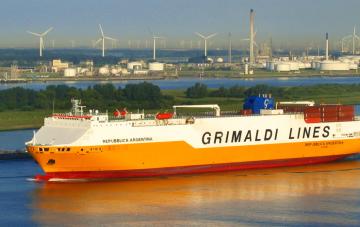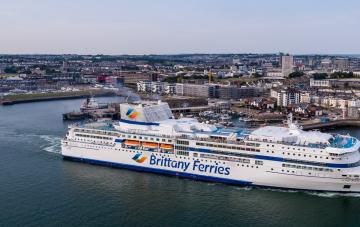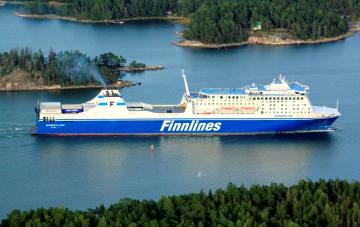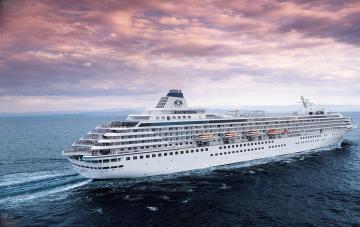
Ferries in Sweden have a long history, dating back to their first appearance in the mid-19th century. At that time, ferries were the primary means of transportation on waterways, and they were widely used to transport goods, people and even animals.
As time passed, ferry technology began to improve. In the 1920s, large, modern ferries capable of carrying large numbers of people began to appear. At the same time, technology began to improve, making it possible to increase speed, improve controllability, reduce fuel consumption, and improve safety.
Today, modern Swedish ferries are an amazing combination of modern technology, comfort, safety, convenience. They are equipped with the most modern gadgets, such as GPS, scanners, Wi-Fi, satellite TV, automatic control systems.
Ferries are a reliable, convenient, fast and economical way to travel. They offer proper protection, convenience, comfort, and an affordable way to get there.
Overview of Swedish Ferry Routes
Sweden offers many ferry routes that allow you to travel around the country and visit its beautiful islands. No matter what type of travel you are looking for, you have a wide range of choices.
Short trips are one of the most popular types of ferry routes. They allow you to get to different parts of the country quickly and conveniently. For example, there are a number of flights connecting Sweden's capital, Stockholm, with other cities such as Gothenburg, Malmö, Helsinki, Turku, Oslo, Alburg, Trondheim, and the Andal Sea.
Popular articles
For those who want to see more, there are also long ferry voyages. For example, the “Swedish Cycle” is a voyage that connects the capital with all 12 Swedish provinces. “The Swedish Cycle” is a 7-day trip that lets you see the highlights of the country.
Swedish Ferry Trip Tips
Swedish ferries are a great way to travel around the country. They offer a fast, convenient and affordable way to travel between cities and islands. But before you embark on a trip, you should know some important tips and tricks.
First, make sure you know the ferry schedule. Schedules can change, so make sure you know exactly when ferries depart and arrive.
Second, make sure you have enough time to get to the port. Ferries often leave early, and you may not have enough time to catch everything.
Third, make sure you have enough money. In cash, on a credit or debit card.






